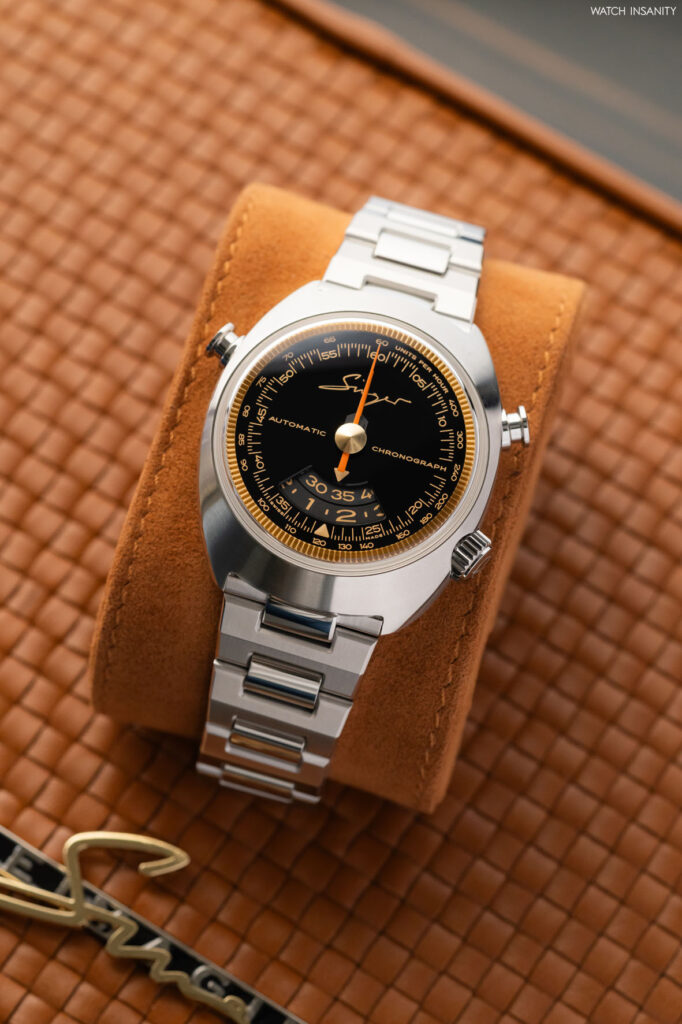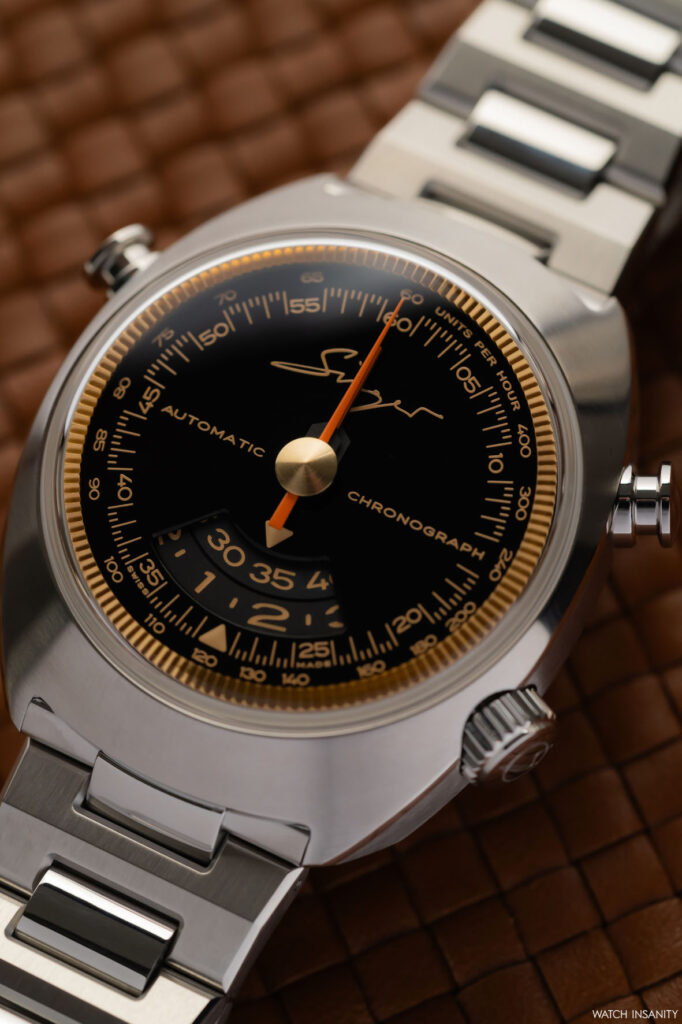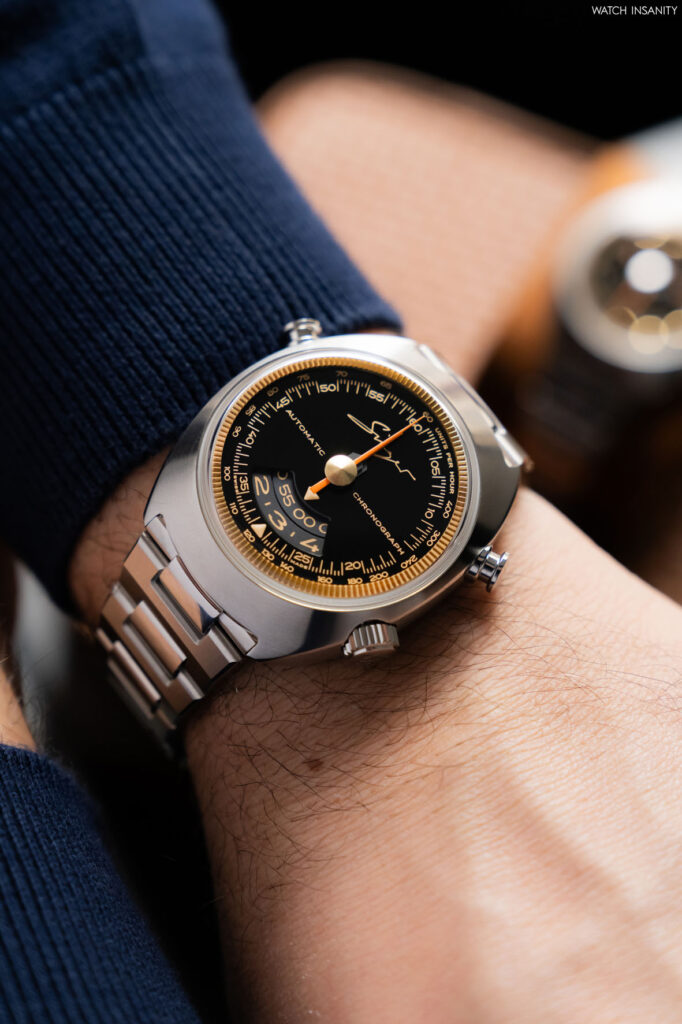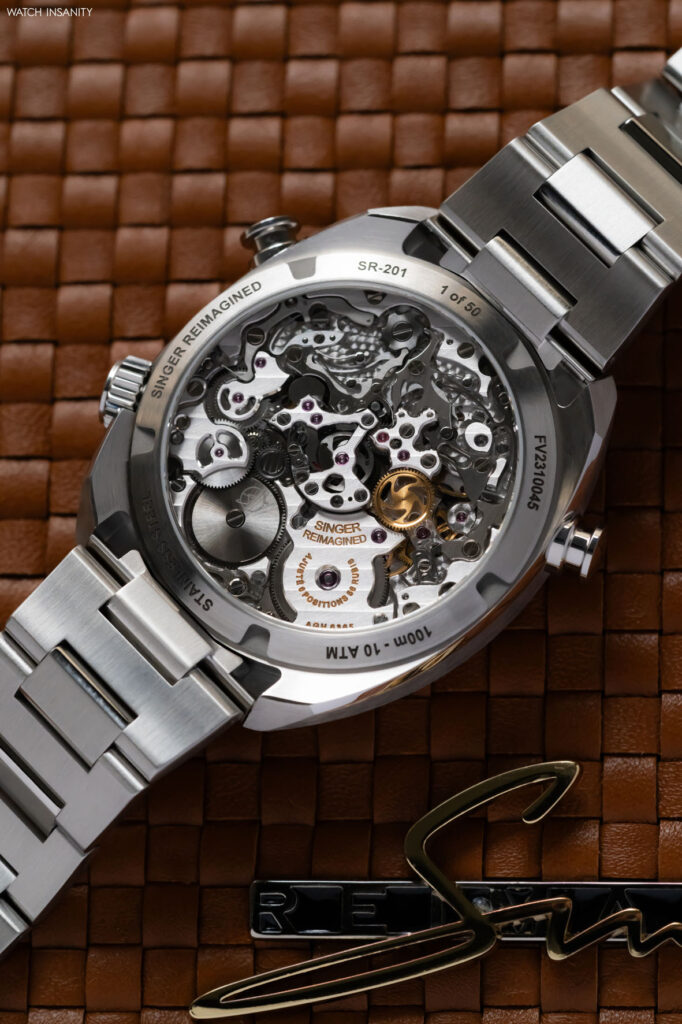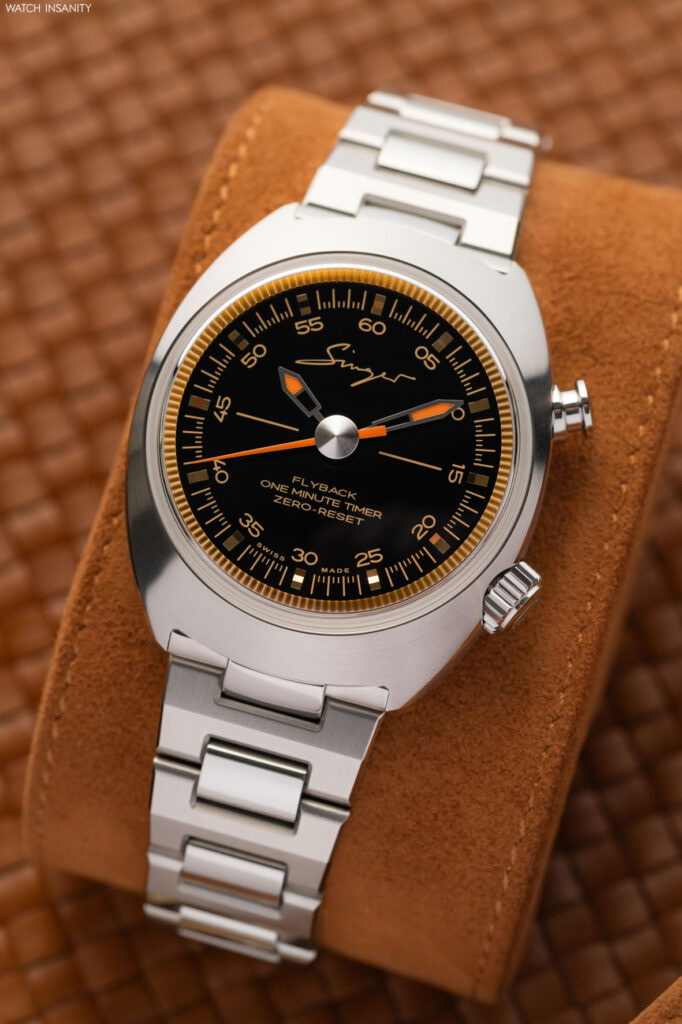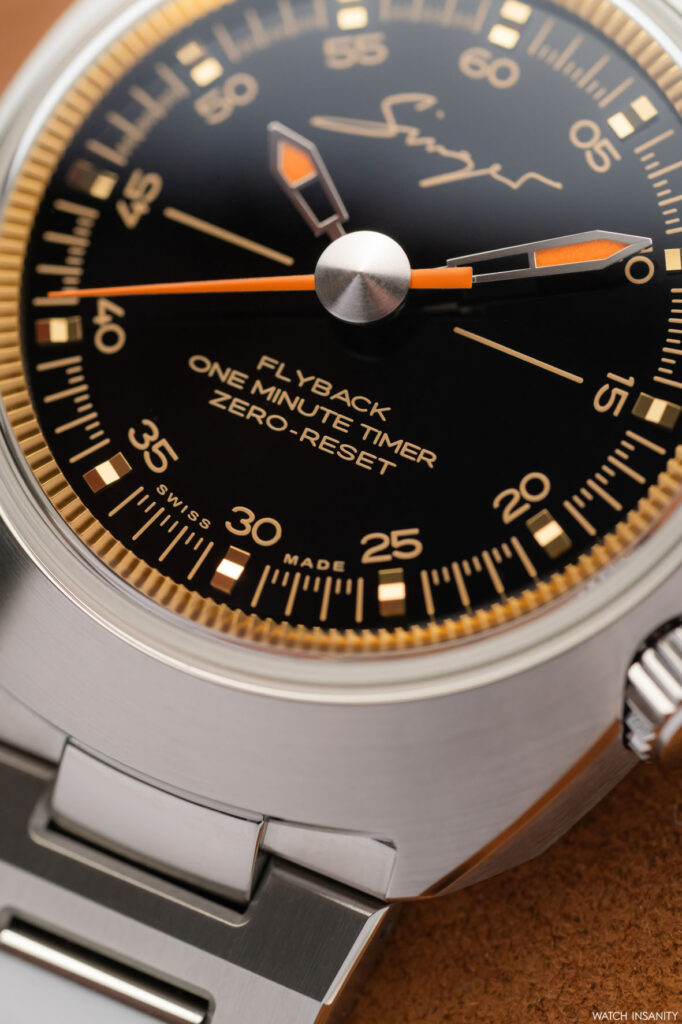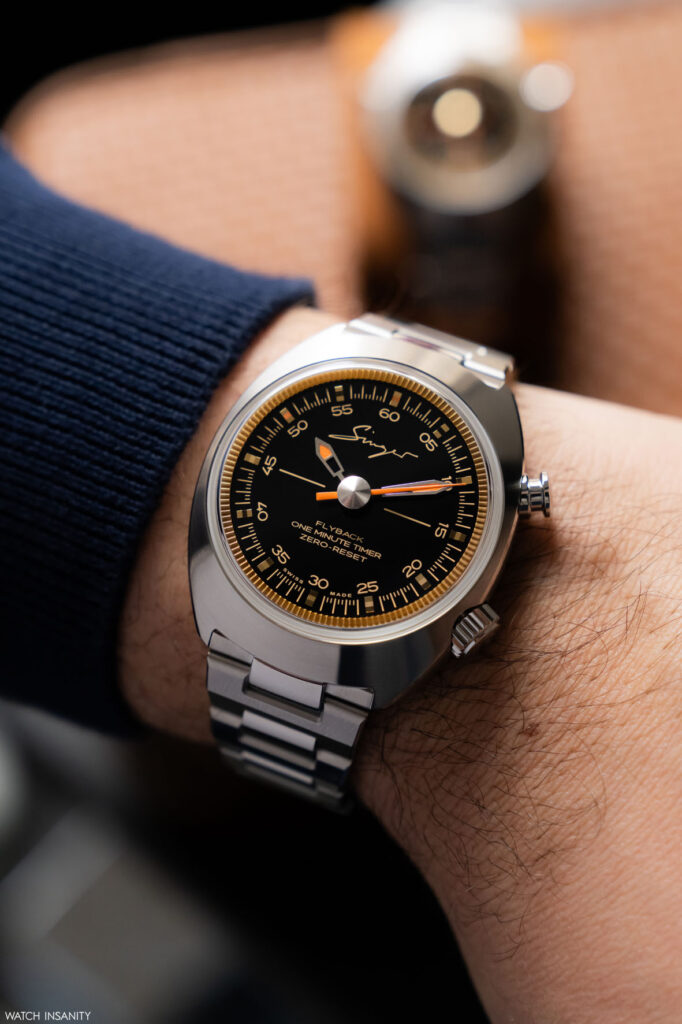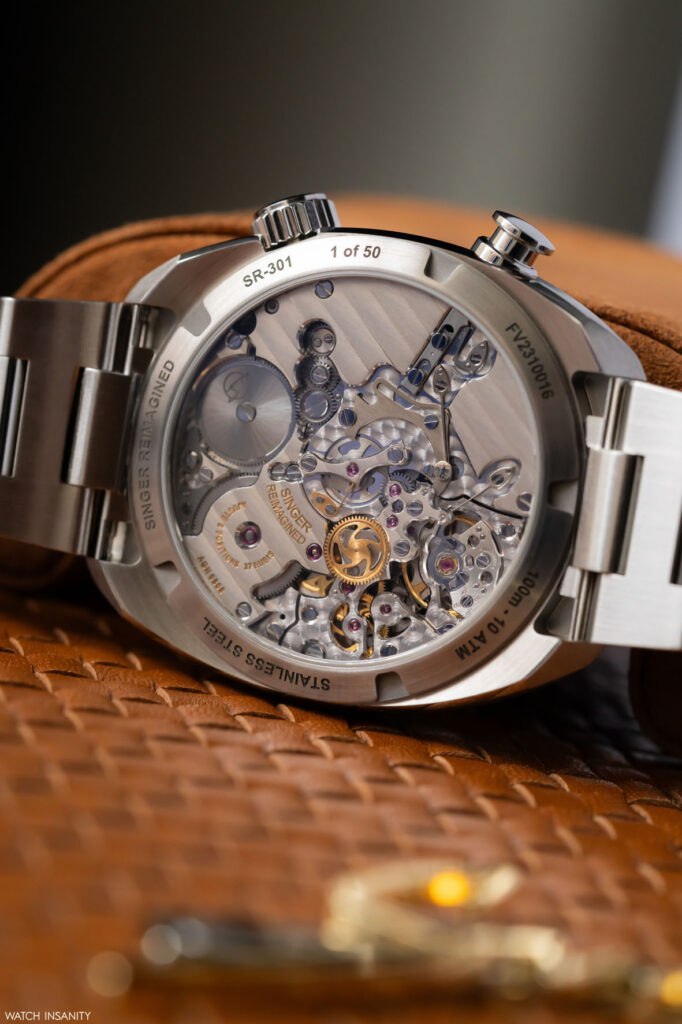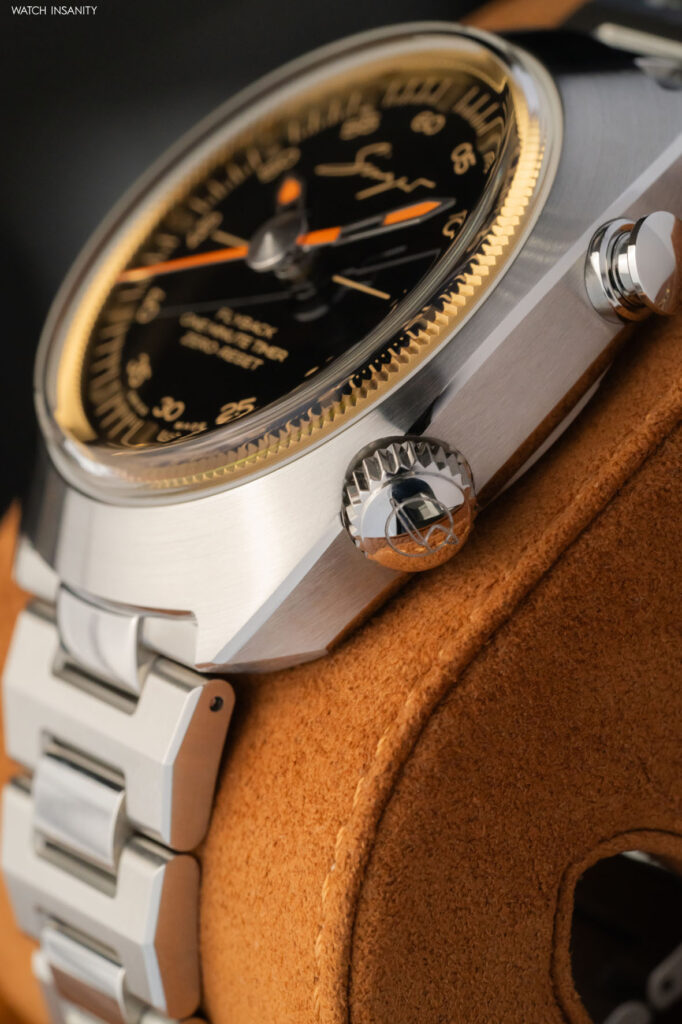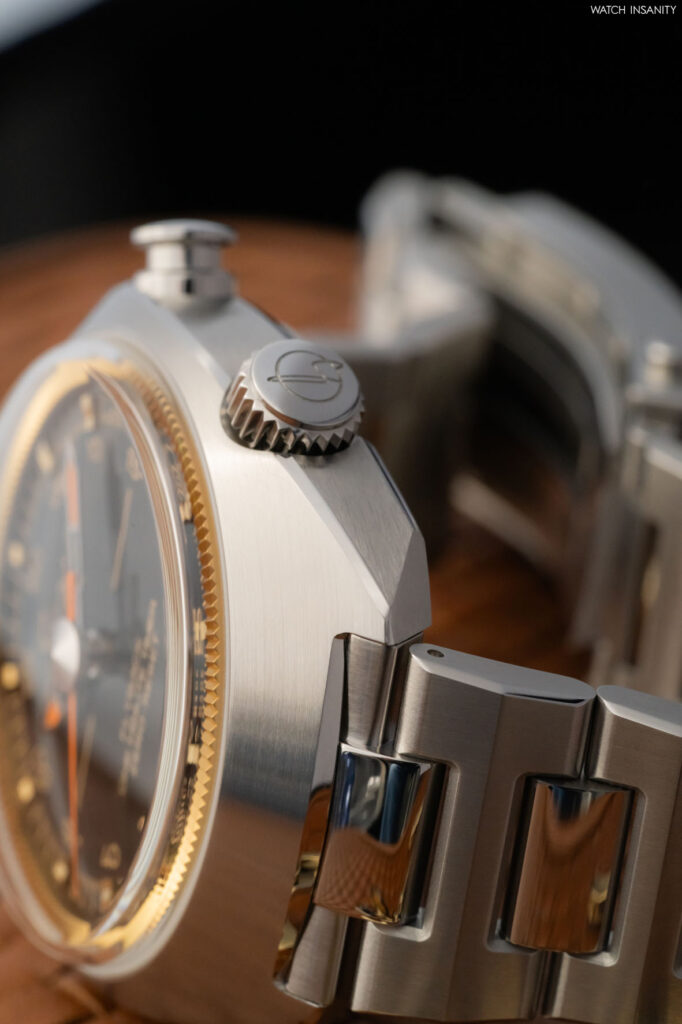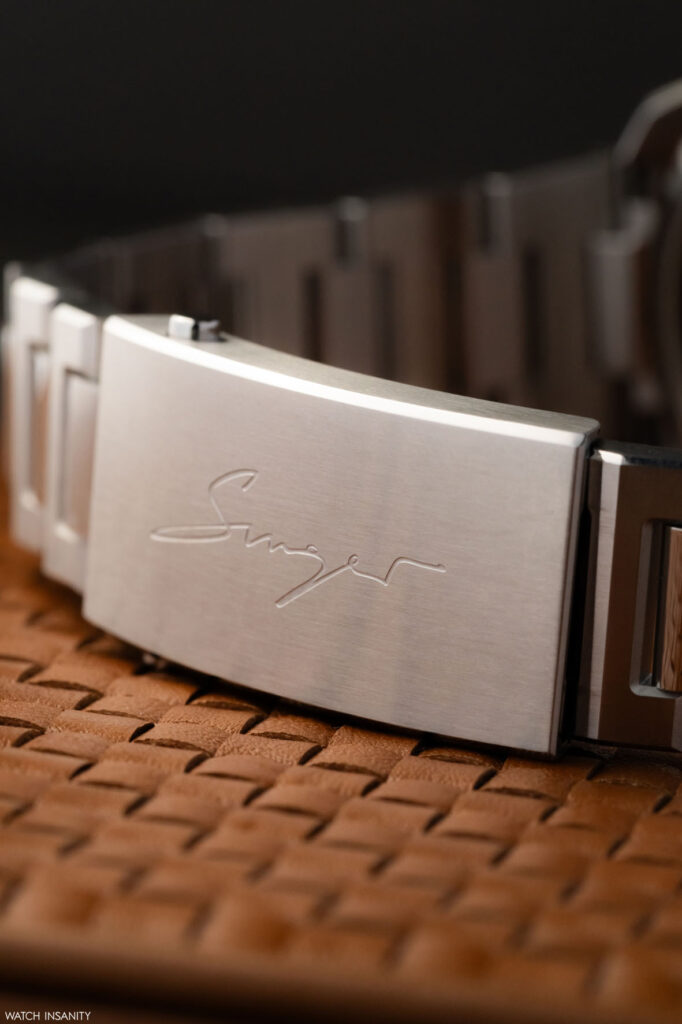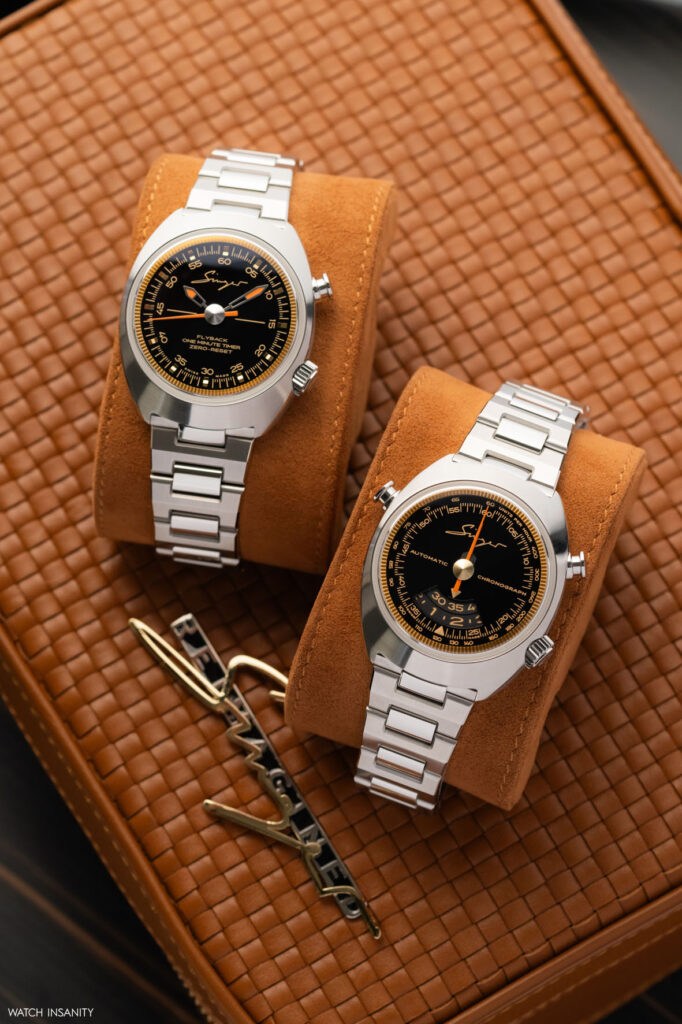Singer Reimagined 1969: re-imagining mechanical watchmaking
31 May 2024Is it possible to re-imagine mechanical watchmaking? Not watchmaking as a whole, because a plethora of brands already went through re-imagining digital or quartz watchmaking – we are talking about watches made of wheels, pinions, springs, barrels. The answer is yes. So much so that a brand like Singer Reimagined has made it its mission. A challenging one, which such a young brand was not afraid to pursue, in an original way, in line with its own history – short but intense.
TO THE ORIGINS OF SINGER REIMAGINED
Singer Reimagined is part of the Singer Group, the California-based luxury brand that has become internationally famous for its tailored Porsche 911 restorations. It was born in 2015 from the encounter between Rob Dickinson, founder of Singer Vehicle Design, and Marco Borraccino, a well-known Italian watch designer. For almost a year, Rob, in California, and Marco, in Geneva, talked about cars, music, watches and their shared fascination for mechanical icons, particularly classic sports chronographs from the late 1960s and 1970s.
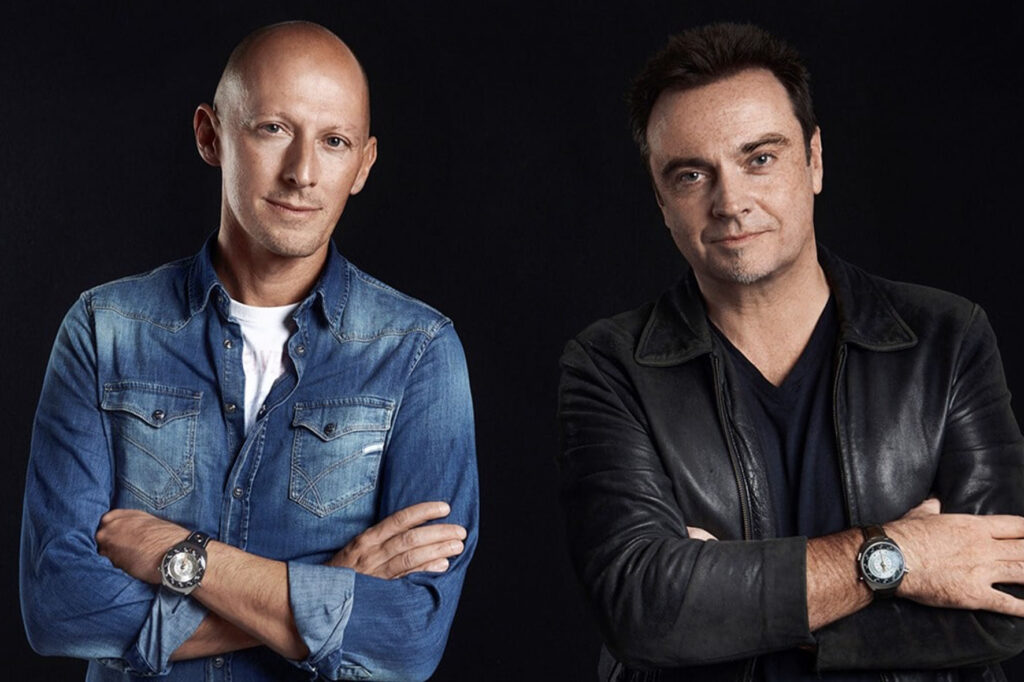
From this exchange, an idea was born: to create timepieces capable of re-imagining haute horlogerie. Then came the decisive meeting with the third soul of the collaboration, when Marco shared his idea of a unique chronograph with master watchmaker Jean-Marc Wiederrecht. Thus, in 2017, the AgenGraphe movement was born, which became the technical basis for much of the Singer Reimagined collections, including Track1, Flytrack and 1969. It is to the latter that the 1969 Timer and 1969 Chronograph belong.
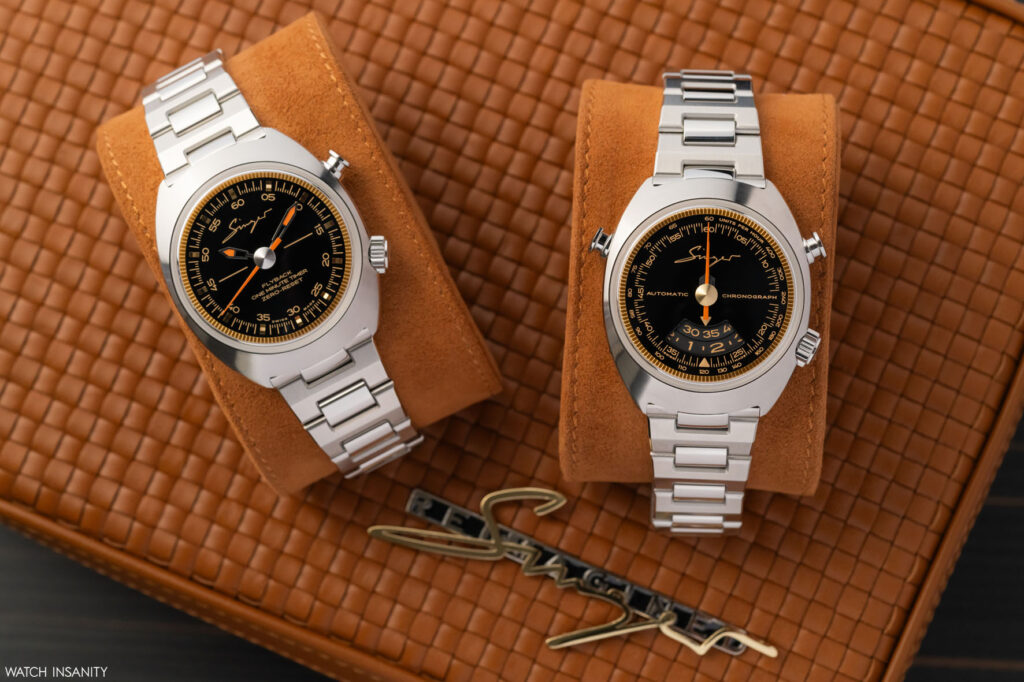
Indeed, when Marco Borraccino had the chance to imagine the watch of his dreams, the Singer Track1 Launch Edition, he could not ignore his passion for the timepieces of the 1970s, such as the Omega FlightMaster and the Heuer Autavia Chrono Automatic Calibre 11. Some characteristics from these two mythical watches can be found on the watches described in the next few lines. But what also counts is their mechanical heart.
THE AGENGRAPH AND SINGER
Above, we wrote about the AgenGraphe calibre. Singer Reimagined soon realised that, to immediately position itself in a decidedly high-quality bracket, its watches would have to be equipped with a mechanical heart of excellence. Who better than a top partner like Agenhor could have helped this positioning? Founded in 1996 by Jean-Marc Wiederrecht himself, together with his wife Catherine, Agenhor is currently managed by their sons Nicolas and Laurent, with H. Moser & Cie among their investors. AgenGraphe is brilliant proof of the immense technical capabilities of this atelier specialising in complications.
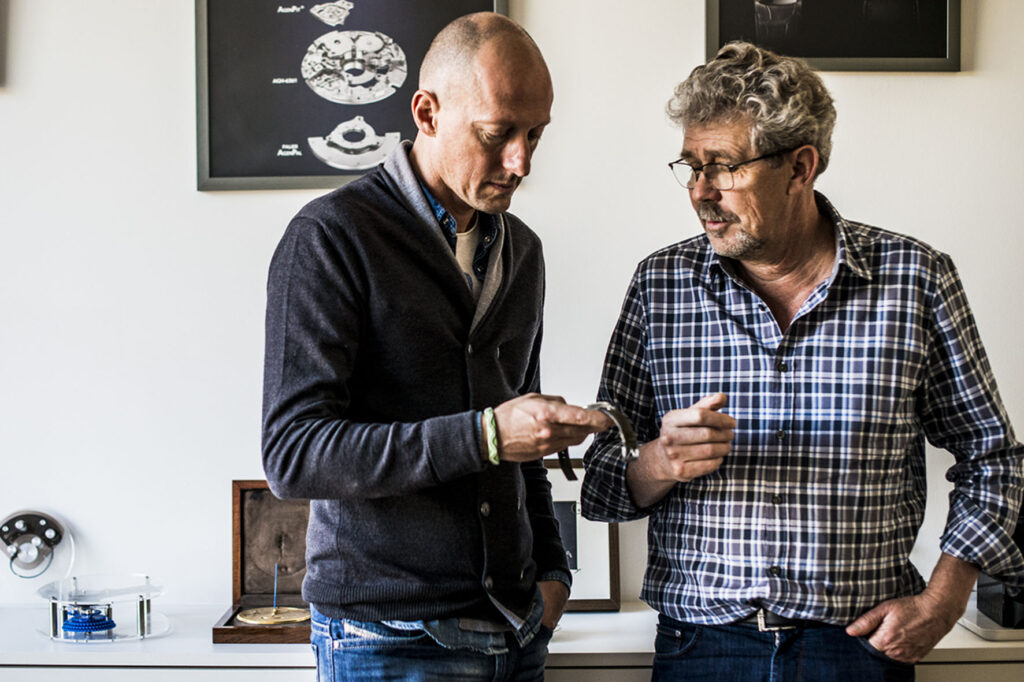
The AgenGraphecalibre has a central display – there is therefore no need to read the short time measurement elsewhere than the centre of the dial – which is also modular: the various parts can be added or removed according to the client’s wishes. Its precision is extraordinary: this calibre has an instantaneous jump without the slightest latency, whereas typically chronograph jumps start around the 58th second and last about two seconds. Moreover, to ensure maximum readability, Agenhor has placed the seconds, minutes and hour hands at the centre of the dial, the only position that allows a wide view.
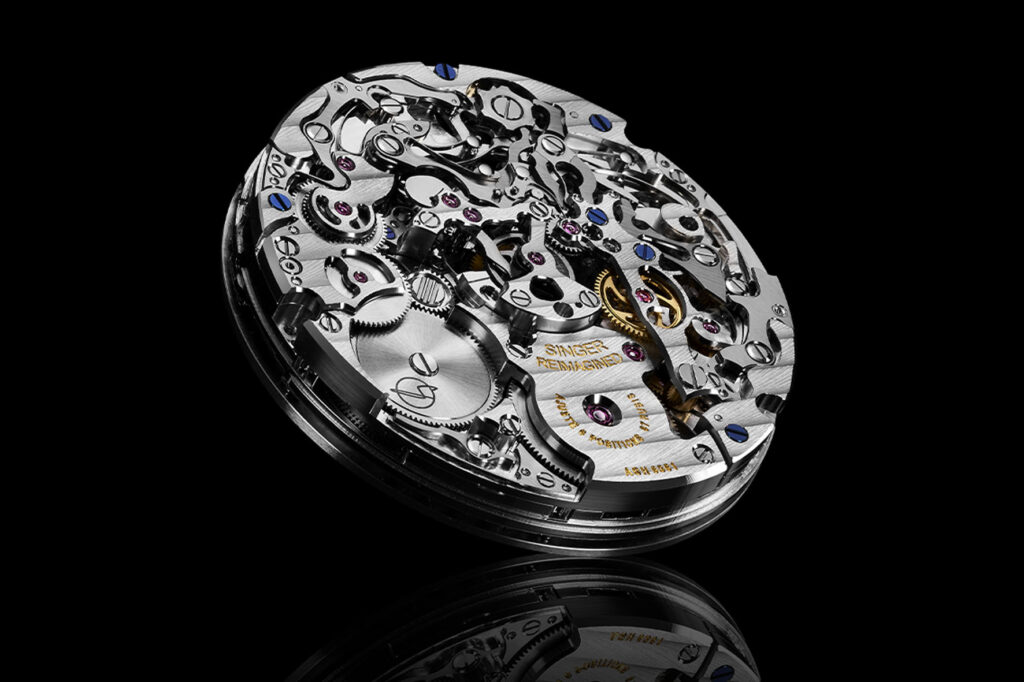
The AgenPit adjustment mechanism eliminates the complexity of adjusting the rocker mass by adjusting the length of the spiral spring. The AgenPal rocker mass is equipped with a plain bearing, so there are no ball bearings. It is an independent module with a force-reducing device positioned on the side of the dial so that the movement is clearly visible from the back. Finally, the AgenClutch combines the best of horizontal friction (low profile and minimal energy consumption) and vertical friction (precision chronograph function).
THE 1969 CHRONOGRAPH
The AgenGraphe serves as the basis for the movement of the 1969 Chronograph, theSinger Reimagined calibre AGH 6365 re-engineered and produced by Agenhor to Singer’s specifications. A mechanical automatic column-wheel chronograph movement, the AGH 6365, has the exclusive so-called 3-60 centralised display of the hours (60 hours), chronograph minutes (60 minutes) and chronograph seconds (60 seconds).
In fact, on the Chronograph, the jumping seconds, jumping minutes and jumping hours hands are centrally mounted, and all point to the same base-60 scale. Singer chronographs are the only ones that allow the timing of events up to 60 hours. The time indication is displayed at the bottom of the dial, through two discs that rotate below the surface of the dial. The graphic details on the discs and time arrows are made of SuperLuminova.
Its 72-hour autonomy is complemented by a hidden automatic winding system positioned under the dial, revealing the AGH 6365 calibre – which has 491 different components and 56 jewels – through the sapphire glass back. The movement works at 21,600 vibrations per hour. In the case of the 1969 Chronograph, the choice of a visible case back is all the more appropriate because the movement is beautifully finished and its architecture is a true joy for the eyes. Not to mention the refined barrel with the Singer Reimagined signature.
THE 1969 TIMER
On the 1969 Timer, inevitably, the calibre is different but no less ingenious, as can be deduced from a functional and design detail: the presence of a push-piece at 2 o’clock, with the winding crown moved to 4 o’clock. After all, we are talking about a single time: what would be the point, then, of an additional push-piece? The secret lies in the AGH 6363 calibre, a re-engineered version of another Singer Reimagined calibre, the Flytrack.
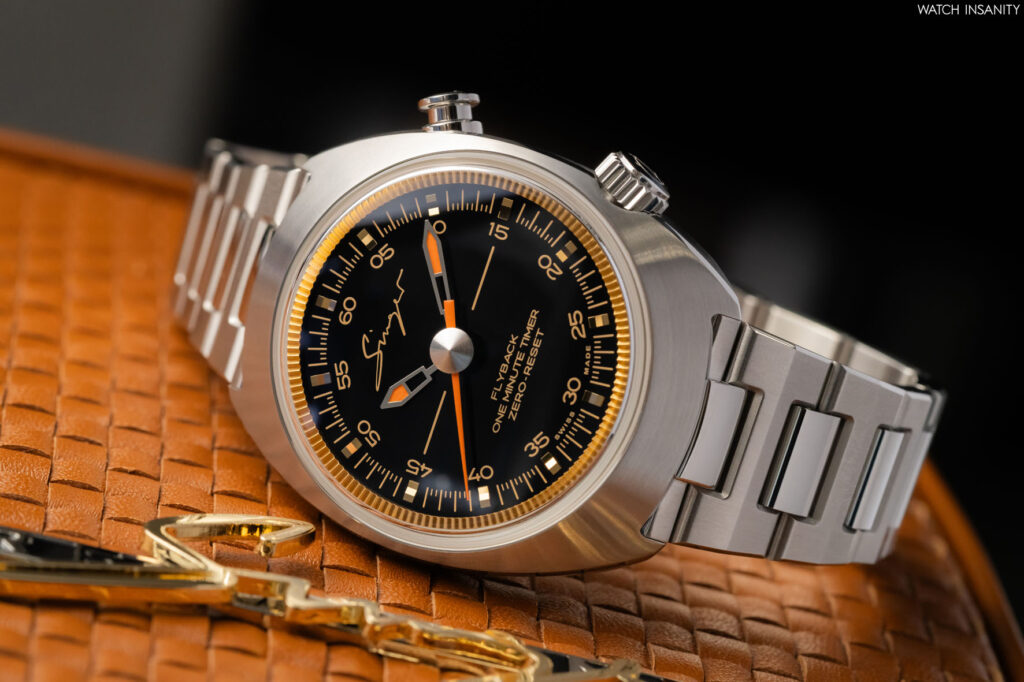
Inside the AGH 6363 works an intricate resetting system combined with a flyback device. One press of the push-button at 2 o’clock allows the elapsed time to be measured in a flash, using the central seconds hand of the watch. This system offers the possibility of taking instantaneous and sequential measurements without interfering with the smooth running of the timepiece. A patented friction system allows the central seconds hand to be disengaged from the movement, keeping it stationary, and to start moving again as soon as the button is released.
Essentially, it is as if the central seconds hand were a one-minute counter, intelligent and intuitive, with the pusher at 2 o’clock allowing the timing to be quickly reset and restarted without having to go through the traditional start-stop-reset sequence. Otherwise, the AGH 6363 operates at 21,600 vibrations per hour like the 6365, with the same 72-hour power reserve.
Also, on the 1969 Timer the case back is visible, so that the calibre can be seen while it is in operation. A very high level of finishing and, here too, the Singer signature on the barrel. With this calibre, the engineers had fewer problems in ensuring full vision: no oscillating weight to hide, because the AGH 6363 is hand-wound.
THE CASE AND BRACELET
Beyond the technique, what unites the two watches is their aesthetic uniformity, which in turn is linked to the name of the collection, 1969. In creating it, Dickinson and Borraccino decided to take inspiration from a year full of memorable events in history and costume – from the moon landing to Woodstock, to the first flight of the Concorde – and the idea was to have a watch collection designed in the way Singer Reimagined would have conceived and launched it had it been created during that precise year. In fact, the design pays homage to that time period’s style with a new, smaller case (40 mm), a revised dial and a new steel bracelet (no strap is planned for now).
The latter is composed of two contrasting elements: the H-shaped brushed links, which echo the shape of racetrack kerbs, and the rounded, polished central links, which produce reflections and make the light shine. A combination that guarantees great wearability and comfort, thanks also to the micro-adjustment mechanism that allows the bracelet length to be precisely adjusted by up to 2 cm, without even having to remove the watch. The dials have avery deep and precious piano-black lacquered finish and are enriched by an applied gold ring, a detail that complements the sobriety and functional minimalism of the graphics. They are protected by a domed sapphire crystal with an internal and external anti-reflective treatment with a vintage feel.
On both references, the case is in steel, in two parts, characterised by a sober and elegant design suitable for every wrist and based on ergonomic and functional considerations. Its retro look is reminiscent of classic watches; it is no coincidence that we wrote at the beginning about Marco Borraccino’s love for timepieces such as the Omega FlightMaster or the Heuer Autavia chronograph. The brushed surfaces and polished edges, a classic Singer finish, are meticulously crafted to have a jewel-like appearance.
SINGER REIMAGINED’S MODERN SPIRIT
Clearly, two references of such excellence are not for everyone, neither in price nor quantity. For each, Singer Reimagined planned a production of 50 pieces last year, with considerable prices: 69,325 euros for the 1969 Chronograph, 40,817 euros for the1969 Timer. Both watches are available, in Milan, at Pisa 1940, which with these references in its portfolio demonstrates even more its great openness towards not only the so-called mainstream brands, but also towards niche brands, the true wealth of contemporary watchmaking excellence.
After all, both the 1969 Chronograph and the 1969 Timer from Singer Reimagined are true examples of modern watchmaking which puts into practice two fundamental lessons from the past. On the one hand, that of mechanical excellence, a principle from which there can be no derogation in a market increasingly oriented towards the high-end. On the other, that of aesthetic consistency, which means taking the best of tradition and interpreting it according to the canons of modernity. In doing so, the brand has truly re-imagined mechanical watchmaking, in its own way.
By Davide Passoni

